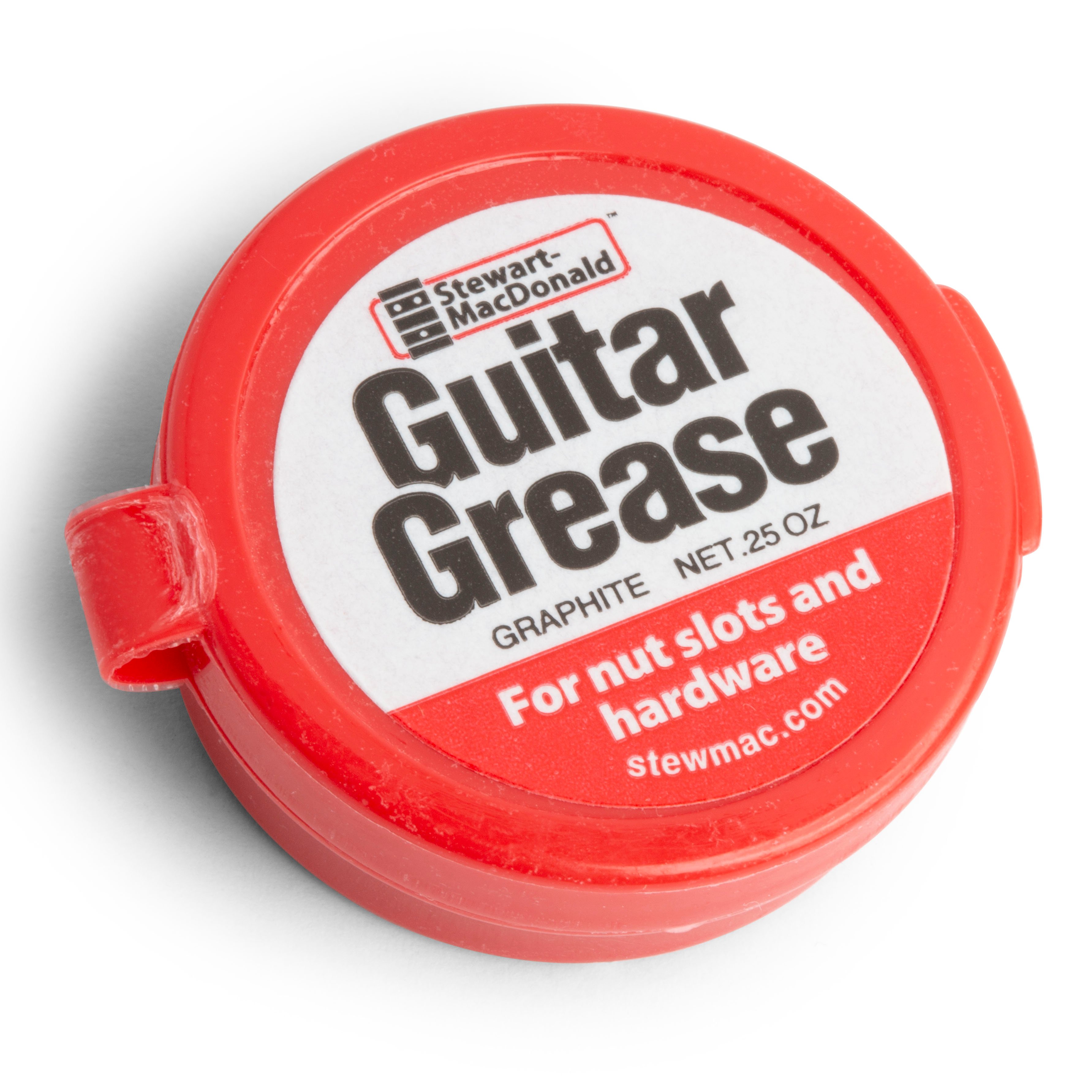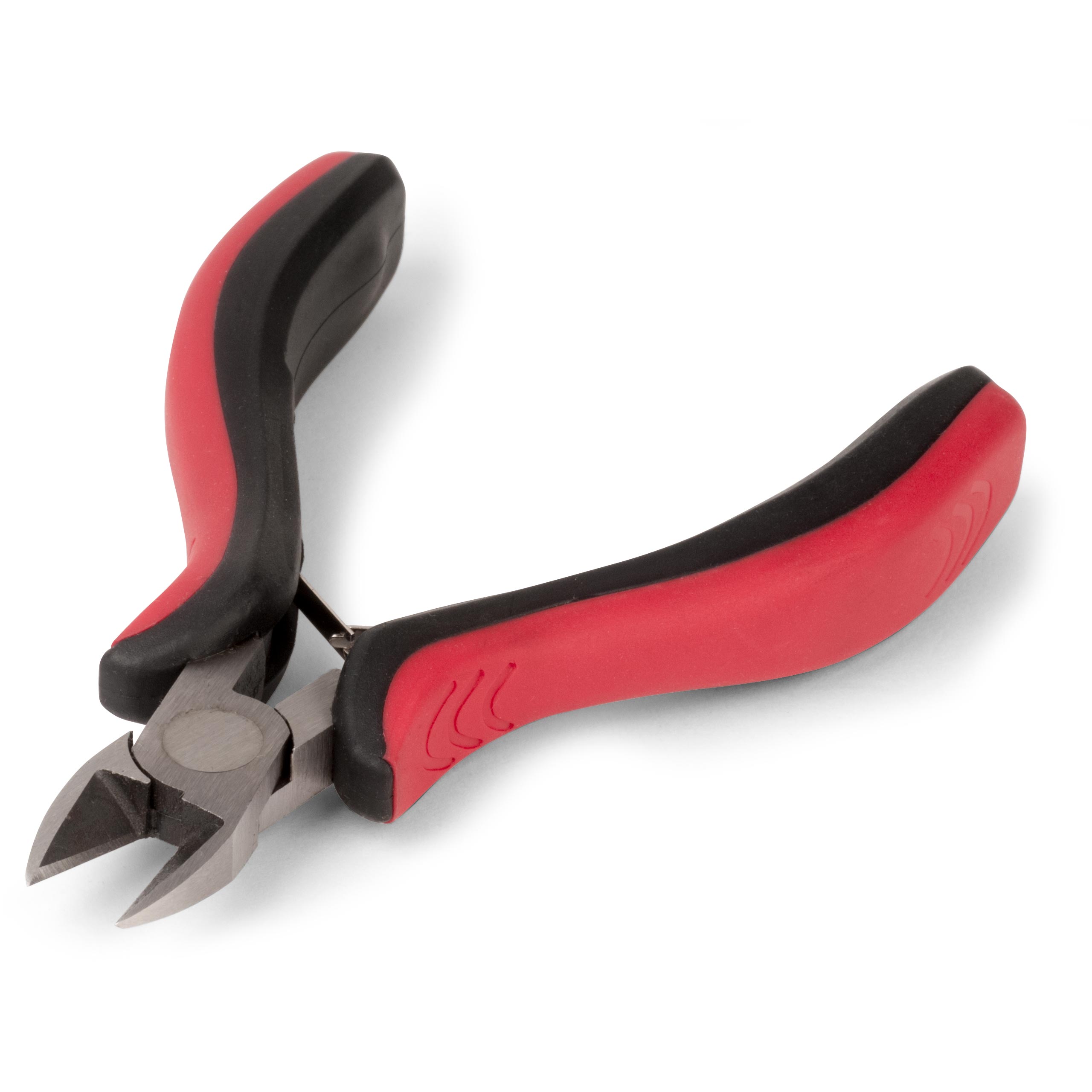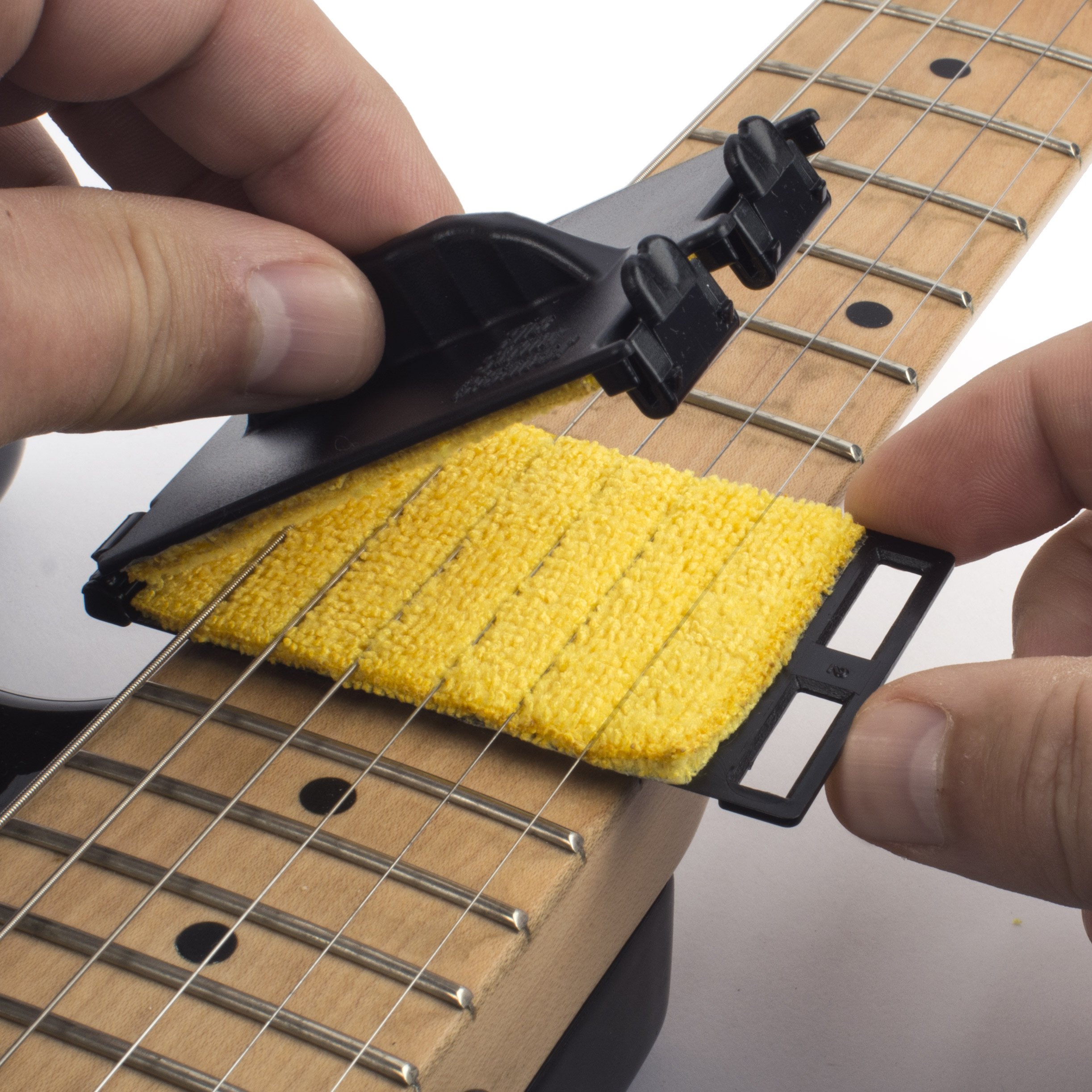How to fix sticky bass tuners
Issue 311 August 09, 2018
The elephant-ear tuners on this '72 P-Bass are barely turning at all. Instead of installing new tuners, Dan Erlewine shows how to get the original tuners working again.
- Disassembly
- Cleanup
- Two kinds of lube
- The factory tuners are good as new
Video Transcription
Dan Erlewine: Good morning. It's trade secret time, and it's going to be a simple one, and one for everybody. I was working on this '72 P bass. I bolted it into my neck jig, a surrogate body that holds the neck while we do the fret work [on-screen text reads: Surrogate Body for Neck Jig - stewmac.com]. And all I want to do was level the frets and dress them. But honestly, I could barely turn these tuners. That one is so stiff. I feel like I'm going to break something. Something's rubbing against something in there and I'll show you what it is. You hear that? And that's pretty common on this type of tuner, old Fender basses.
Disassembling the tuners
Anyhow, I've already loosened up these two and got them working great. And that's when I stopped and thought, "This should be a trade secret." I'm going to run you through it. So the first thing I would do is take the strings off. Once you get that little bit of string tension off of it, it gets a little easier to turn.
Take off the machine bolt. Get the washer and the string post. Set these parts aside.
Cleanup and lubricate the tuners
Next you can see this gray, smeary stuff, and it polishes off. It's just oxidation. Years of not being cleaned. Probably in a smoky barroom. And it's just sort of sticky. It's bound to cause a little friction. I'm going to put some of this Guitar Grease. It's got real body to it's waxy. It's not like oil. And I'm going to put a little right here too. So when that gear comes press against this plate, it's going to have a little lubrication. Next, take the gear, and use some micromesh to polish the bottom of it [on-screen text reads: Micro-Mesh Soft Touch Pads - stewmac.com], just to make it smoother than it was. See it shine. That's clean and polished. I'm going to put this back in place. And the same on that shaft, I'm going to put a little of that guitar grease on the little step here, right on the shoulder. Because that's turning against the metal plate. That's going to help it.
Now that's going to bring some of our guitar grease into the gear. But really the important thing now is to get some lubricant in here. This is not a bearing, this is just a bent piece of steel and it's got steel inside of it. And that's where all this noise is coming from. And I'm turning it on the side because I'm going to put this Tri-Flow in there [on-screen text reads: Tri Flow Pin Point Lubricator - stewmac.com] and I don't want it to run down onto the wood and other stuff. I've had Tri-Flow for a long time, but this pin point one is kind of new to me. It's much neater. I'm going to do the same thing on the other side. Let gravity take it where it wants.
Factory tuners as good as new
Here we go. Now the Tri-Flow is kind of mixing in with that guitar of grease, and that's good. I could turn that with one finger now. I couldn't do that to the other ones before. Okay.
One more, and I got all four of them done. And I can get to some fret work. Couldn't be easier. I didn't even need the OptiVisor. Nice. A lot of people think they need new tuners when all they really need is a little TLC.






